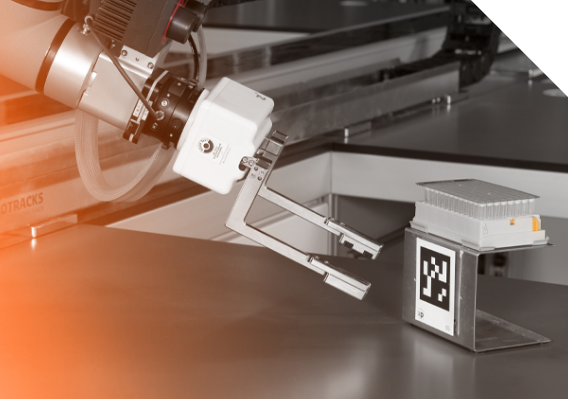Mobile Industrial Robots: How to Increase Manufacturing Efficiency

Share this article
Whilst they are getting more and more intelligent by the day, Mobile Industrial Robots (MiR) are still pieces of machinery that are able to be programmed to perform tasks in an industrial setting.
They may not be ready to take over the world, just yet, but their efficiency in the workplace is becoming an essential and integral part of industry, pharmaceuticals, manufacturing, and many other sectors. Innovation in industrial robotics means smarter, faster and most importantly, more efficiency in the workplace.
Why? Robots are able to operate almost continuously and will never complain about long work hours whilst addressing common industry pain points such as inefficiencies, high operational costs, and safety risks. This not only improves operational efficiency but also frees up staff for higher-value activities, aligning with the primary objectives of industrial automation and robotics. A win-win situation.
In addition, MiRs reduce the operational footprint, help reduce waste and are a tool for energy efficiency, thanks to their adaptability.
As technology keeps evolving, the range of applications of industrial robots keeps expanding. These are some examples of industrial robotics application innovations:
Inspection and Maintenance
Mobile robots equipped with high-precision sensors perform precise inspections in industrial environments, identifying anomalies in equipment, infrastructure or products. They can also continuously monitor environmental conditions, such as temperature, humidity or pollution levels.
Mobile Manipulation: The main advantage of the industrial robotic arm is that it can perform part and material handling tasks at different locations within the same facility. This mobility makes for flexibility and avoids high fixed installation costs.Whilst they are getting more and more intelligent by the day, Mobile Industrial Robots (MiR) are still pieces of machinery that are able to be programmed to perform tasks in an industrial setting.
Advanced Perception
Computer vision and 3D image processing, have significantly improved the ability of mobile robots to understand their environment. This allows them to detect and recognise objects, avoid obstacles and plan optimal routes more accurately.
Autonomous Navigation
Algorithms have evolved to allow mobile robots to make real-time decisions while moving in complex and dynamic environments.
Integration of Multimodal Sensors: Industrial robot design already includes multimodal sensors that do not rely solely on one type of sensory input (such as vision or sound) but can combine data from different types of sensors to gain a more complete understanding of their environment.
AI and Machine Learning
Allows MiRs to automate tasks in a more intelligent and reasoned way. This includes the ability to automatically optimise your movement trajectories, improve precision in manipulation tasks or perform predictive diagnostics.
Looking into the future, away from just industrial use, MiRs could also end up being crucial to both agriculture and construction, two markets that are suffering from workforce shortages. Both sectors require large amounts of dirty, monotonous, and dangerous work that could be better executed by mobile robots. We have also already seen, via the Willy Wonka world of Elon Musk, that the use of mobile robots in our homes is also a future possibility.
The integration of robotics and automation within industries is not just a trend, but a necessary evolution to remain efficient in an industrial fast-paced world as we take our first steps towards a smarter, safer, and more efficient future with MiR.


